
 Lacquerware - Kinma
Lacquerware - Kinma
Updated at 2022-04-17
Kinma originated in Bagan, Myanmar. The technique was named after a fruit called Konkon, and it refers to a method of engraving and embedding lacquer. At first glance, the technique seems similar to the Chinese gold-inlaying technique. The main difference is that Kinma employs a variety of colors, particularly red, yellow, and green. Although traditional lacquerware is extremely time-consuming, the production of lacquerware was embraced by the Buddhist community in Burma, eventually evolving into a Buddhism-centric artistic culture. Japanese artisan Tamakaji Zokoku invented a unique Kagawa lacquer technique at the end of the Edo period by combining Chinese, Japanese, and Southeast Asian techniques. Kinma is one of the five major Kagawa lacquer techniques.
Alliance Date: July 18, 2016
Language: Japanese
Area: 1,876.72 square kilometers
Population: Approx. 914,000 people
Main Industries/Features: Tourism, industry, commerce, agriculture and fisheries
相關藏品

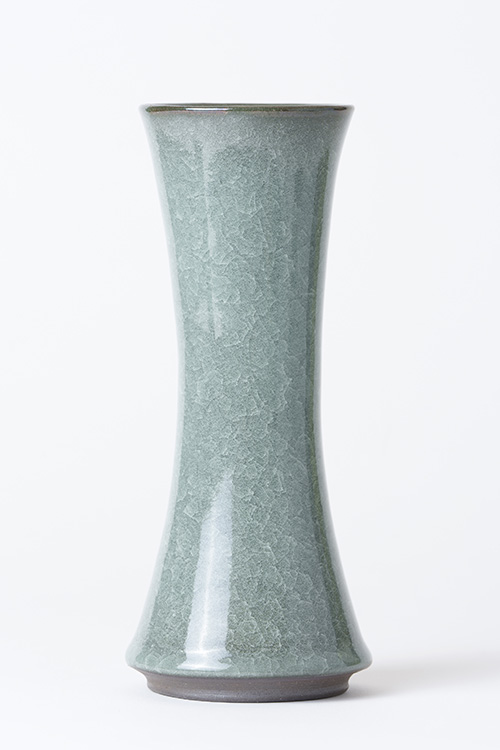
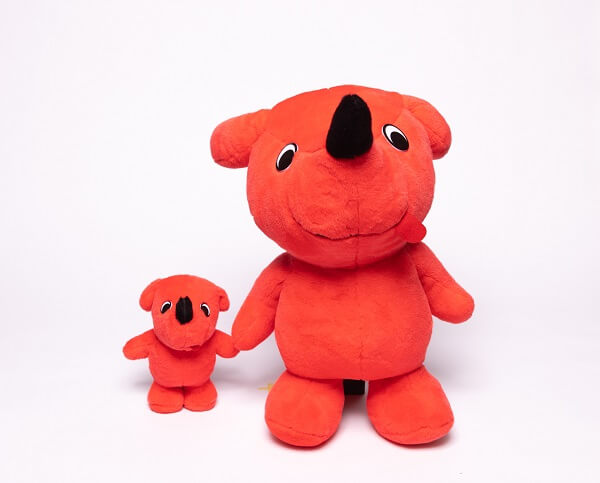
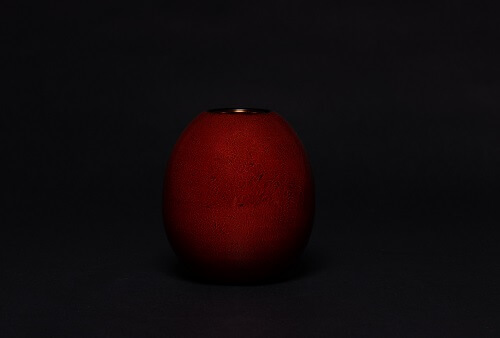
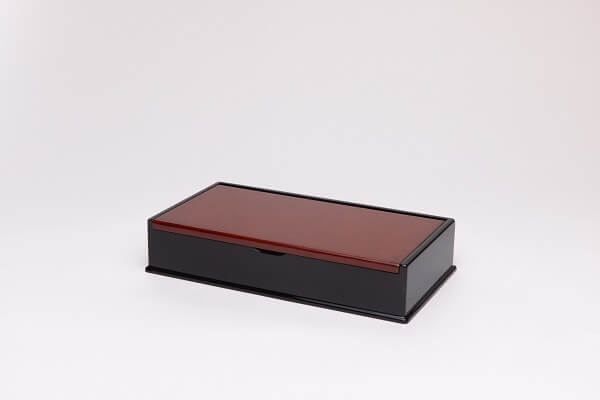
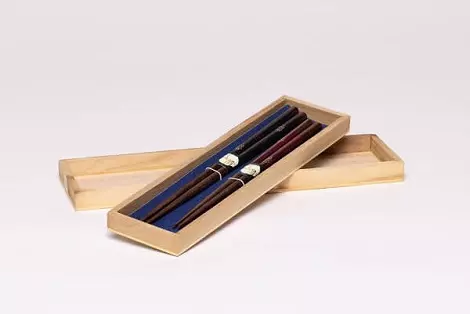
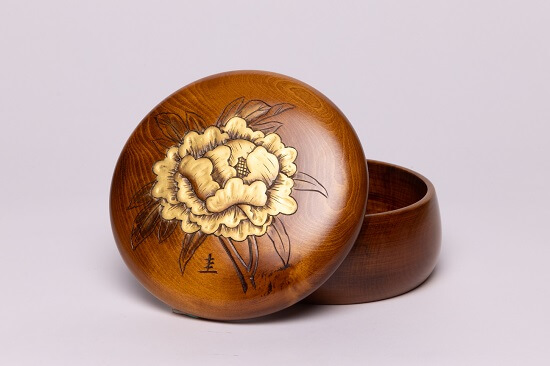
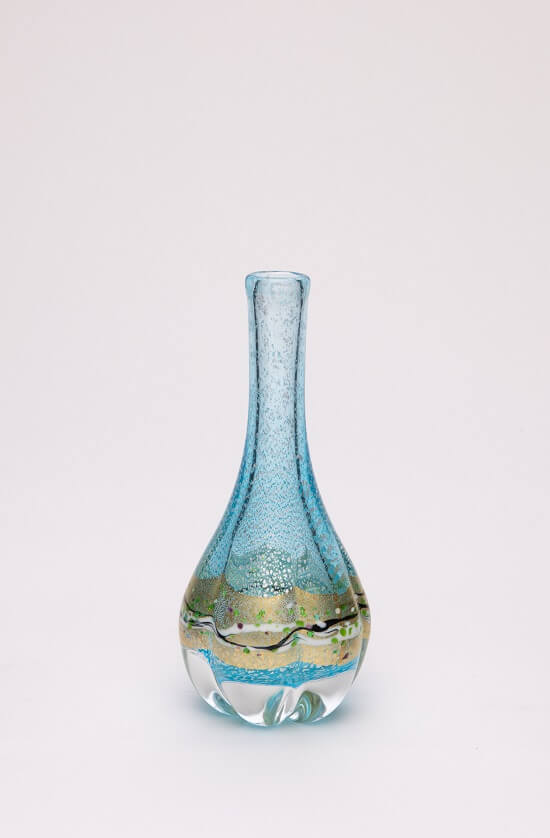
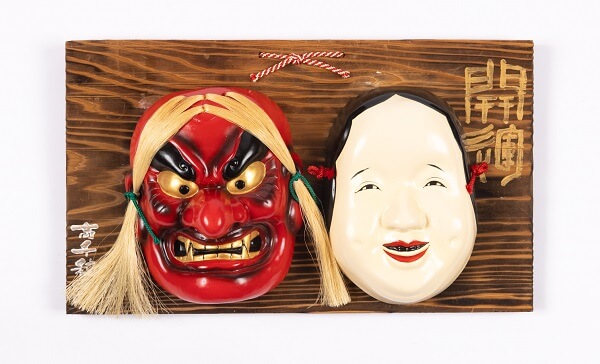
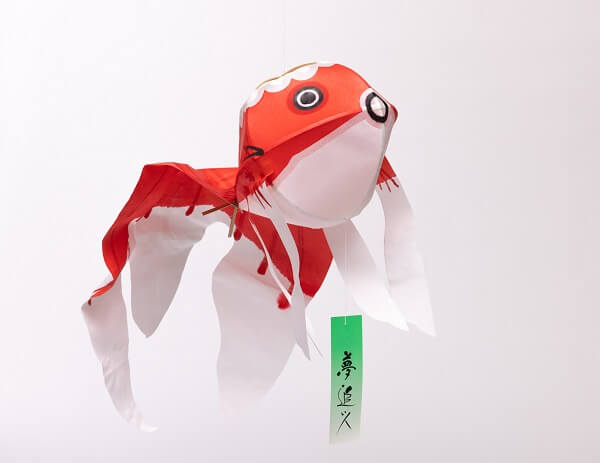
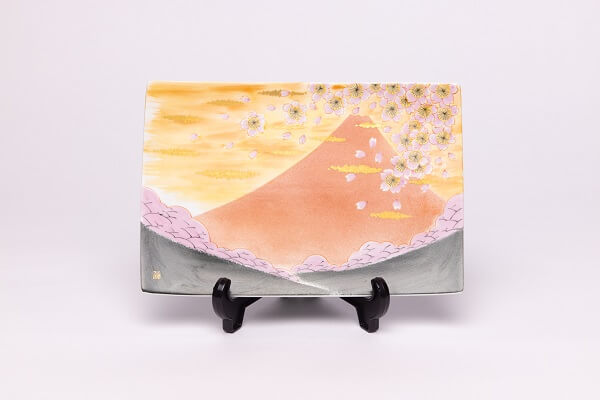
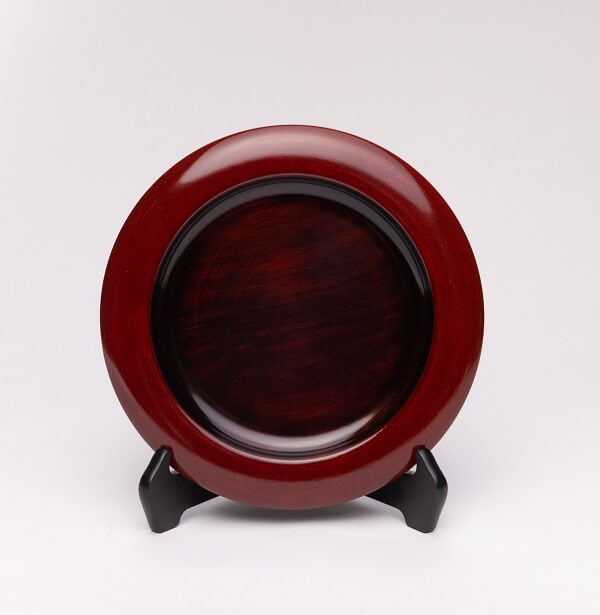
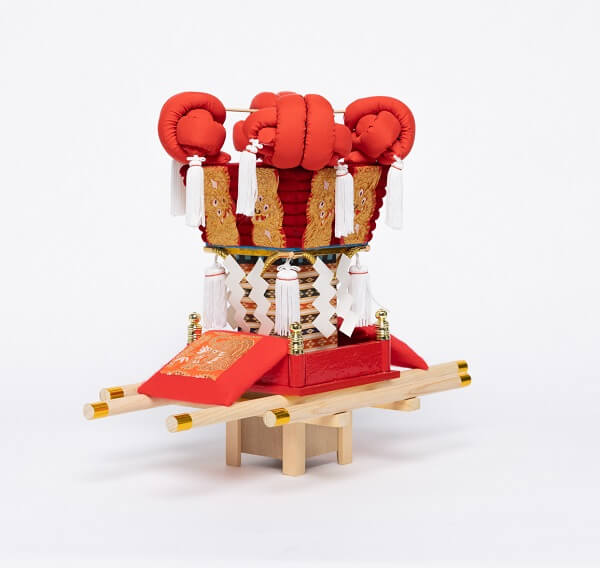
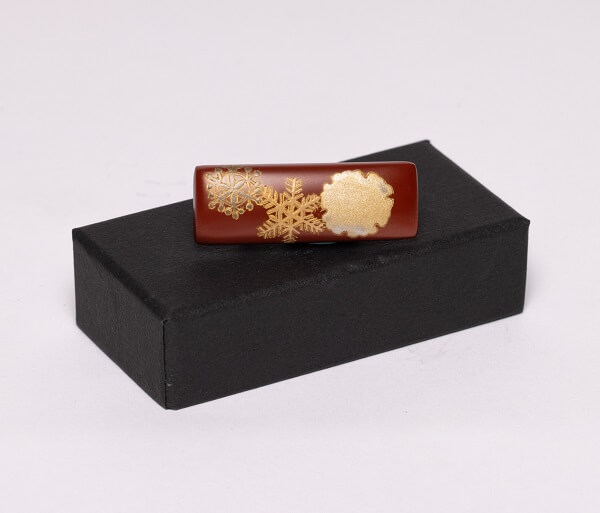
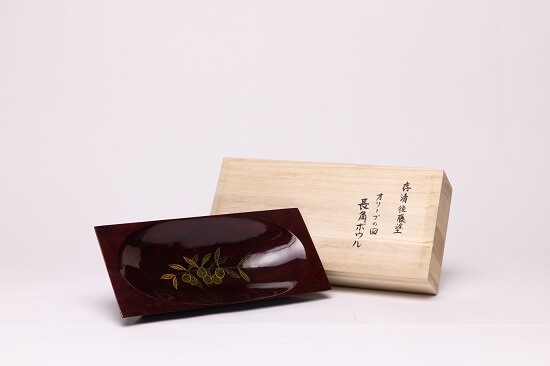
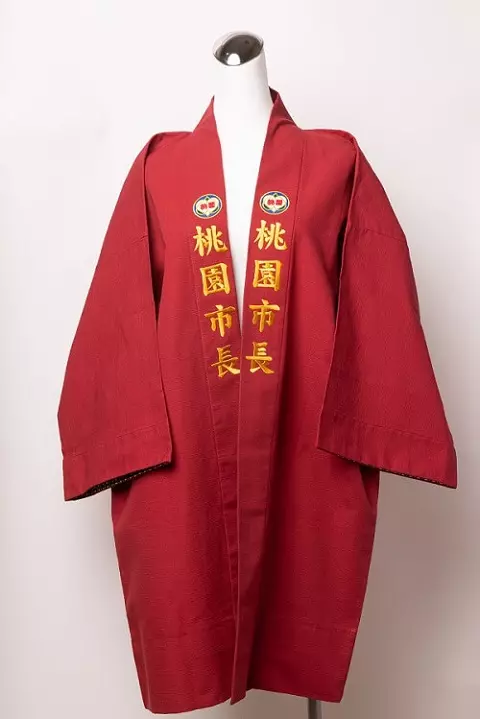
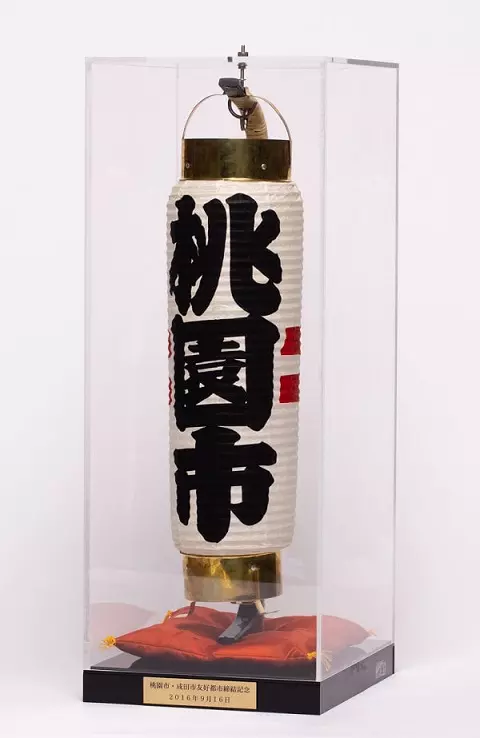
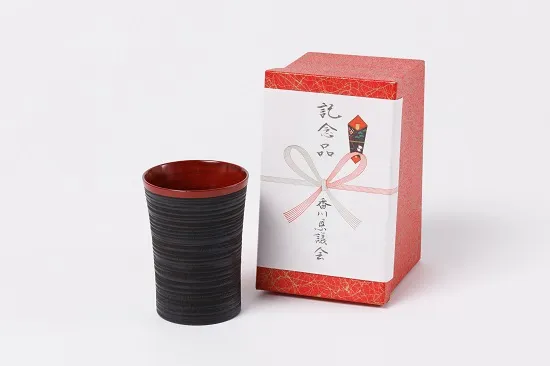
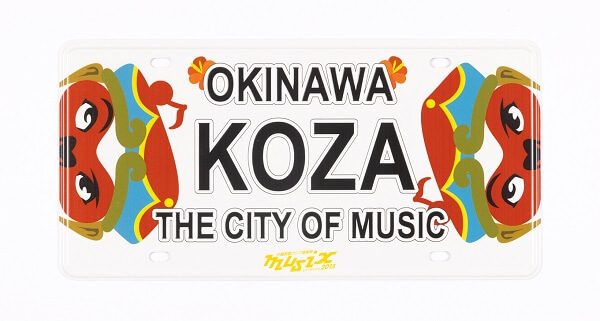
.jpg)
.jpg)


